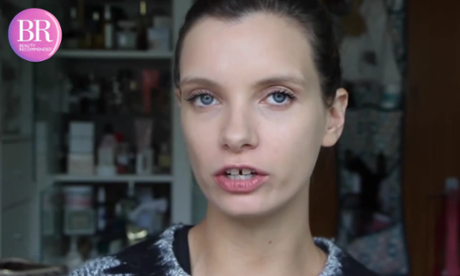
A YouTube video featuring vlogger Ruth Crilly giving tutorials about makeup has been banned by the advertising watchdog for not making clear it was sponsored by Max Factor.
The video appeared on the Beauty Recommended YouTube channel which is run by Procter & Gamble-owned cosmetics brand Max Factor.
The Advertising Standards Authority received a complaint from an unnamed beauty and style blogger who said that it was not made clear that Beauty Recommends is a channel for marketing and advertising Max Factor products.
The ASA has tried to get to grips with the rise in popularity of some vloggers – Crilly has her own YouTube channel, A Model Recommends, which has almost 300,000 subscribers and she also has more than 54,000 followers on Twitter – which has made them targets for brands looking to get them to endorse their products.
The ASA has warned vloggers that it “pays to be honest” when they endorse products for brands, and that it is a breach of the UK advertising code not to make commercial affiliations clear.
Procter & Gamble admitted it had editorial control over all content on Beauty Recommends but said that all videos opened with text pointing out it sponsored the channel.
The ASA said that the channel, which has featured a number of popular vloggers, said that the channel page gave “no indication” that it was a P&G marketing tool.
“it wasn’t until a viewer had selected and opened the video that text, embedded in the video, referred to “Procter & Gamble,” the ASA said. “We considered that viewers should have been aware of the commercial nature of the content prior to engagement.”
The ASA also said that the use of the phrases “sponsored by” and “brought to you by” did not make it clear that the videos were marketing communications.
“Although they might indicate to some viewers that Procter & Gamble had been involved in the process, they did not clearly indicate that the videos were marketing communications, as opposed to, for example, material that had been financially sponsored, but over which the creator retained editorial control,” said the ASA. “For those reasons, we considered that consumers would not be aware that the videos were ads promoting Procter & Gamble, and instead were likely to believe the videos were impartial editorial content.”
The ASA said that video within the channel broke UK advertising rules for not clearly being identified as marketing.
“The ad must not appear again in its current form,” said the ASA. “We told Procter & Gamble to ensure that future ads in this medium made their commercial intent clear prior to consumer engagement.”

